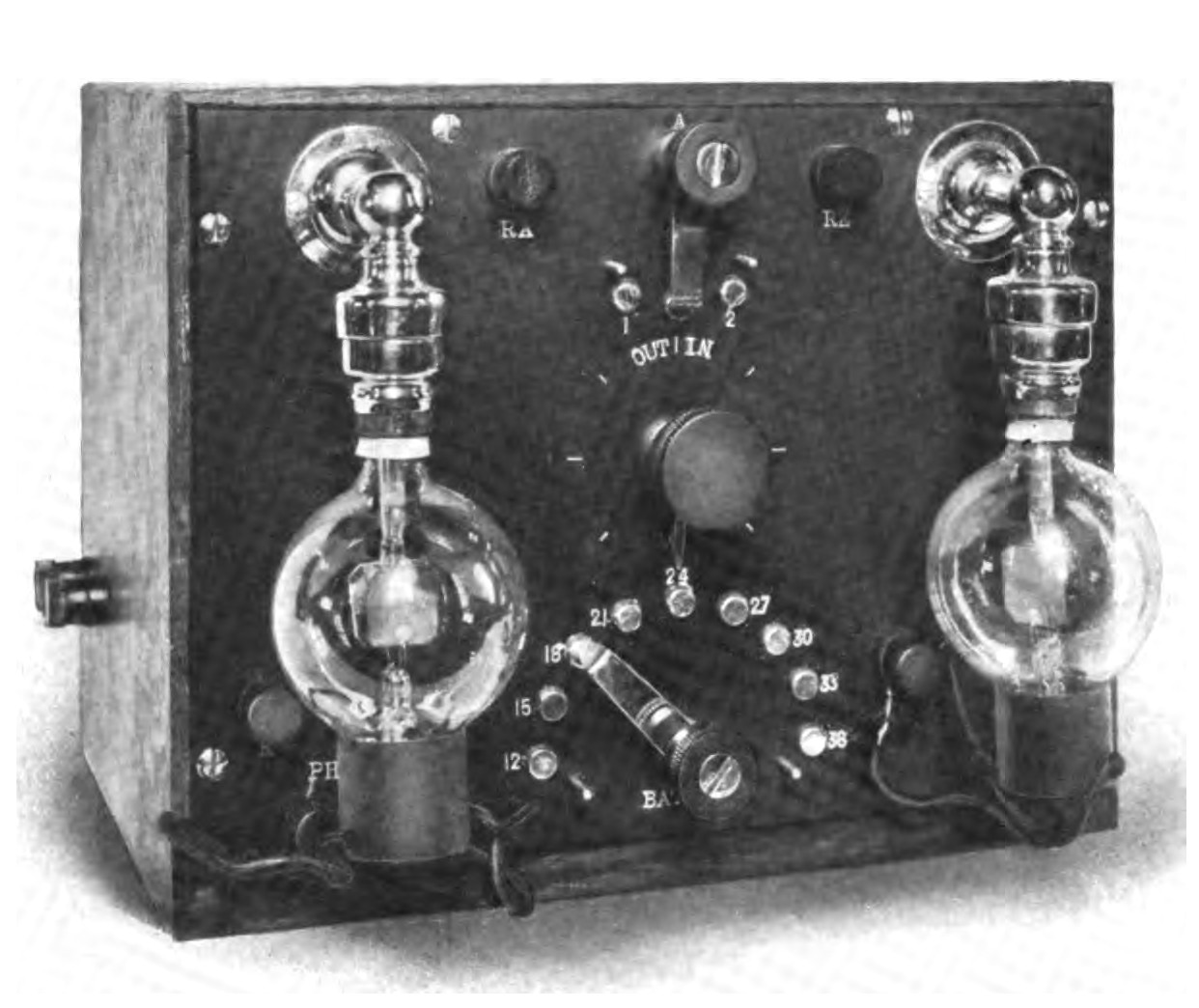Four Things Inventors Commonly Overlook

 It is an unfortunate fact that both history and creative mistakes repeat themselves. History often highlights the ingenuity and skill of inventors, but conveniently ignores the creative, sometimes glaring, mistakes they make. Listed below are the four biggest mistakes inventors and modern product developers make – and how to avoid them.
It is an unfortunate fact that both history and creative mistakes repeat themselves. History often highlights the ingenuity and skill of inventors, but conveniently ignores the creative, sometimes glaring, mistakes they make. Listed below are the four biggest mistakes inventors and modern product developers make – and how to avoid them.
Lack of Vision
Thomas Edison is immortalized for his amazing inventions, among the most famous being the phonograph. So how is it that the French inventor Édouard-Léon Scott de Martinville created the same technology 20 years before Edison – and why do we not know his name?
Martinville invented the first device capable of recording sound waves in the early 1850’s. However, his invention could only record sound waves without playing them back. Martinville’s limited vision of the product’s capabilities caused the failure of his impressive invention.
Lesson learned: Product developers need to refrain from restricting creativity and brainstorming. Some of the most widely used inventions today, Velcro and Teflon to name just two, began as something completely different from what is now considered to be their primary use.
Practical Functionality
When Edison originally wrote about his phonograph, he had very different plans for it. Edison proposed about a dozen functions for the phonograph. These included dictation, letter writing and even talking clocks. However, these were insignificant compared to the phonograph’s “killer app” – listening to music. Edison tried to establish the functions of his invention without fully realizing the explosive potential of his machine.
Lesson learned: Inventors need to realize that their idea may evolve in a different direction than originally planned.
Ignorance is not Bliss
In the early 20th Century, American inventor Lee de Forest sold his half-baked and half researched “audion” invention to Bell Labs. This device created a monotone pulse of electromagnetic energy that manipulated gas flames. He believed his invention was perfect for transmitting Morse code. However, researchers at Bell labs found that the increase in the gas flame was caused by a sonic wave emitted from the spark, not the electromagnetic radiation. This invention eventually became the first vacuum tube, the foundation of the electronics revolution.
Lesson learned: Thoroughly verified and vigorous research and development is critical for any product development success.
Demand Creates Supply
Frederic Tudor was a 19th-century entrepreneur who wanted to ship frozen blocks of ice to tropical areas at a high markup. However, almost everyone in the tropical areas he visited had no idea what ice was or why it was beneficial. His first business trip was a failure, but he did eventually build up a successful ice shipping network.
Lesson learned: Innovative products cannot be forced on the market. The network cable channel QVC epitomizes creative products with market potential but poor exposure and advertising.
Overall, product developers can avoid historical pitfalls through having a broad vision, practical functionality, solid research and development and through creating proper demand.
